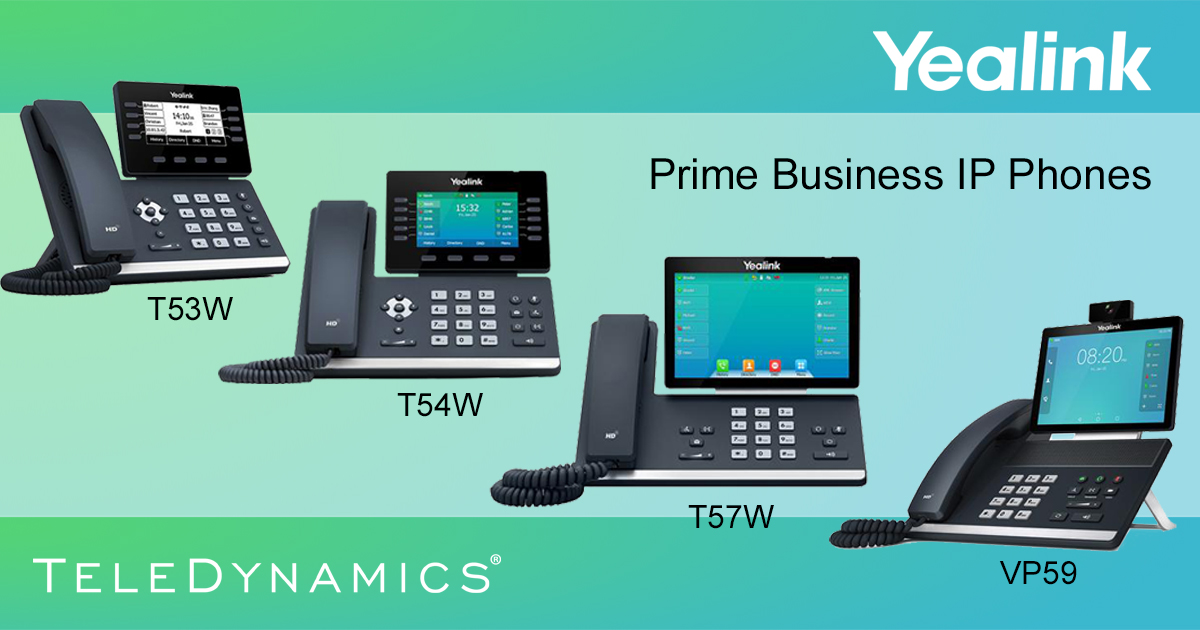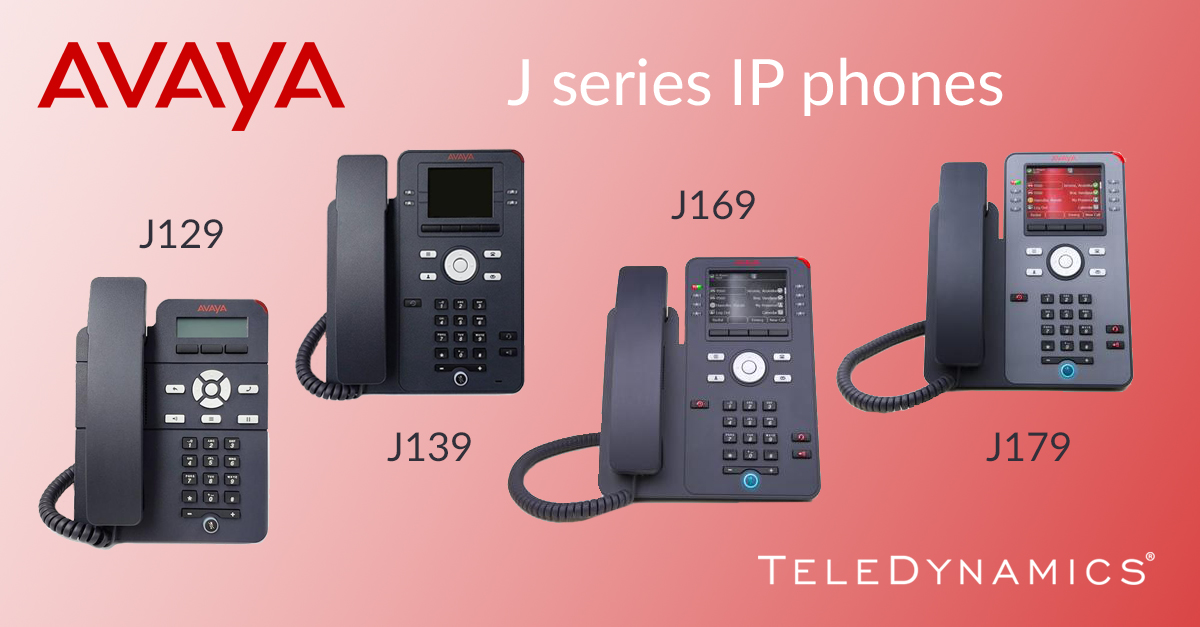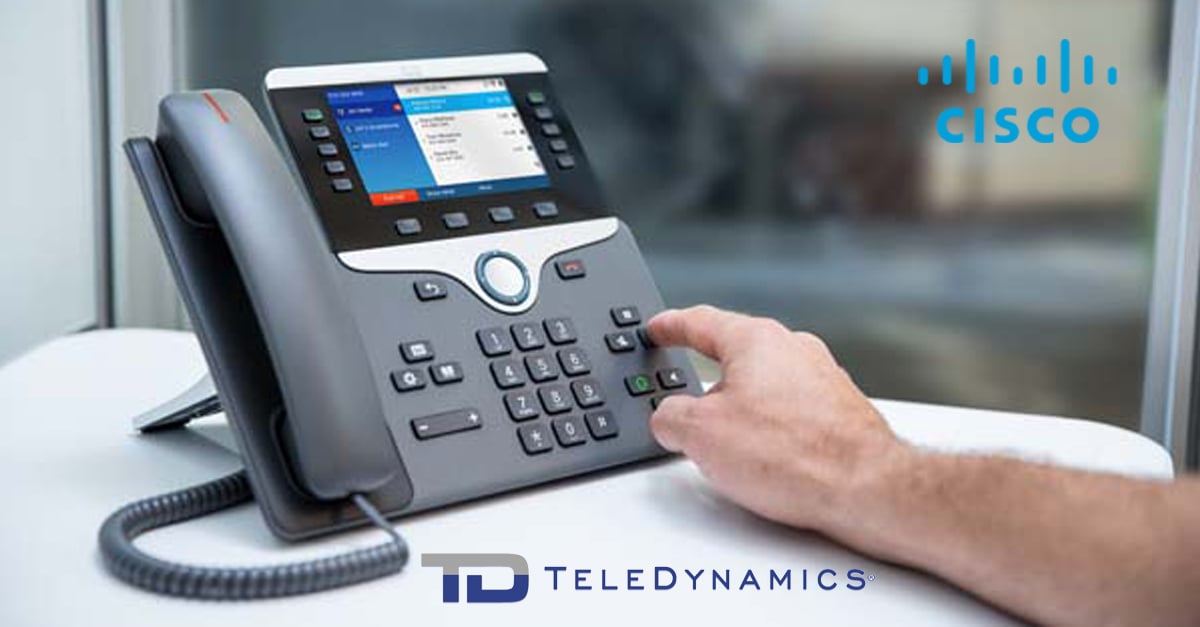Two years after Yealink launched its T5 series of smart media phones, Yealink has updated this series to deliver even more productivity-focused features that will aid all levels of middle to upper management and high call-volume users. We take a look at the new models in this article.
Read More
Topics:
SIP Phones,
Wireless,
SIP,
Yealink,
DECT,
Productivity,
Product Review,
Unified Communications
A firewall is a vital component of any enterprise network. But, it can also wreak havoc on the operation of VoIP implementations. In this article, we address the most common problems a firewall can introduce to an IP telephony network, as well as best practices for avoiding or remedying them.
Read More
Topics:
VoIP,
Network Security,
Troubleshooting,
Network Design,
Firewall
Product Review
Avaya’s J series phones offer a wide range of options with four models to choose from. From the entry level J129 through to the high-performance J179, these phones are ideal for fulfilling the needs of virtually any enterprise user. The range of features that the J series phones deliver are sufficient for most businesses to base their entire telephony networks solely on these devices. This greatly simplifies implementation, maintains a consistency across the network, and allows you to take advantage of some of the most advanced features these phones provide.
Read More
Topics:
SIP Phones,
VoIP,
Product Review,
Bluetooth,
Wi-Fi,
Avaya
(Product Review)
Yealink’s T5 series phones have been at the forefront of innovation. These phones have successfully combined multiple mature technologies to offer products with the perfect balance between simplicity and functionality. Yealink has remained true to this legacy with the introduction of the VP59, its newest flagship smart videophone.
Read More
Topics:
SIP Phones,
Yealink,
Mobility (including remote work),
Cordless,
DECT,
Videoconferencing,
Android,
Productivity,
Product Review,
Bluetooth,
Wi-Fi,
Unified Communications
Product Review
Have you ever wanted to bring your teleconference with you wherever you go? You may be visiting a client and need to add some partners back at headquarters into the discussion, and there’s no readily available conference phone to use on the premises. No problem, just whip out your Avaya B109 conference phone, pair it with your mobile phone, and begin the conversation!
Read More
Topics:
Mobility (including remote work),
Conferencing,
Product Review,
Unified Communications,
Avaya
By Chris Jones, #TurnOnVPN
In the age of relentless internet surveillance, using a VPN has become mandatory for anyone who values their online privacy. Between your internet service provider storing your entire browsing history and third parties planting “cookies” (data trackers) all over the websites you visit, you leave a considerable digital footprint whenever you surf the web. This intimate data is then sold to advertisers so they can better target online ads.
These growing privacy concerns made VPN incredibly popular. VPN (Virtual Private Network) encrypts your network, making it impossible for third parties to access and collect your browsing data. Widely available and often free, VPN seems to be the perfect solution to guarding your internet privacy.
But as Kenneth White, an internet security expert, revealed to CNN Business, "there is a long history of 'free' VPNs that prey on innocent consumers' concerns about security and cynically make them less safe.” Here are the three main dangers related to using a free VPN service:
Read More
Topics:
Network Security
Cisco is a name familiar to almost anyone who has worked in networking or telecommunications over the past few decades. Founded in the mid-1980s, it pioneered some of the most fundamental concepts in networking, including LANs, WANs, and multiprotocol routing. In this article, we take a closer look at Cisco and its cutting-edge networking and telecommunications solutions.
Read More
Topics:
SIP Phones,
Headsets,
Gateway,
Switches,
Cisco
Product Review
If you want to get your wireless network up and running quickly, and for a reasonable price, the TP-Link Omada solution is ideal. It provides both easy-to-install procedures and reliable, high-quality components for networks with anywhere from two to two hundred or more access points.
Read More
Topics:
Wireless,
Mobility (including remote work),
Product Review,
Cloud,
Wi-Fi,
TP-Link
Did you miss Channel Partners in Las Vegas last week? Fear not - we've jotted down some of the key themes for you. Take note!
Read More
Topics:
Trends,
Network Security,
Cloud,
Events,
News,
IoT,
Unified Communications
Product Review
Konftel video conferencing and collaboration gear offer a high level of features and options, and at the same time emphasize simplicity in both setup and use. This is especially true of Konftel’s C50XX series of collaboration solutions, which offer robust videoconferencing functionality that is intuitive enough for anyone to use.
Read More
Topics:
Videoconferencing,
Product Review,
Unified Communications,
Konftel

















